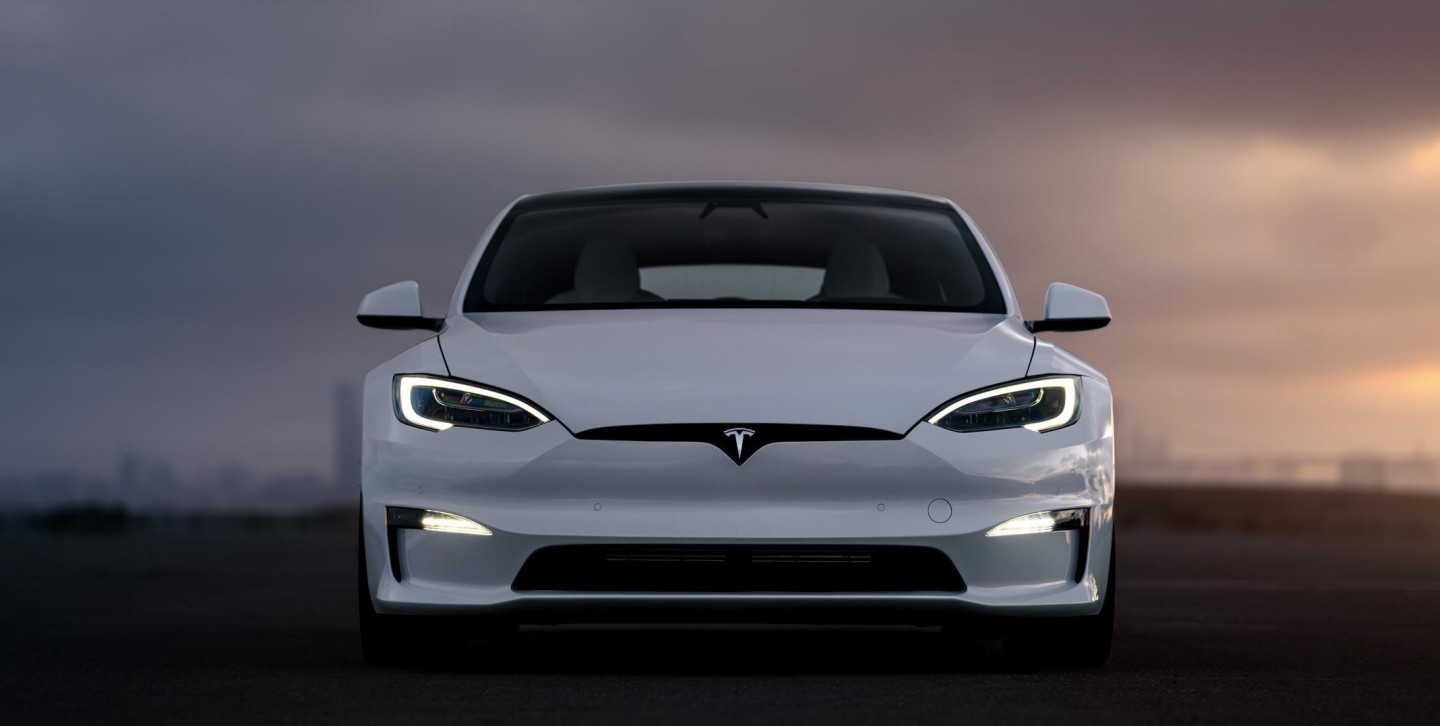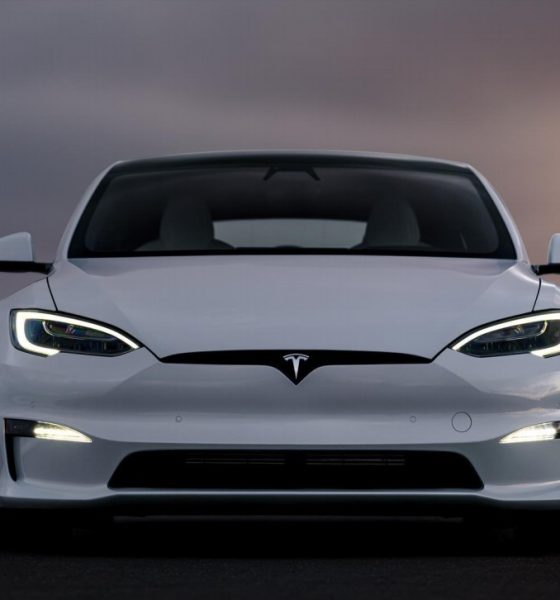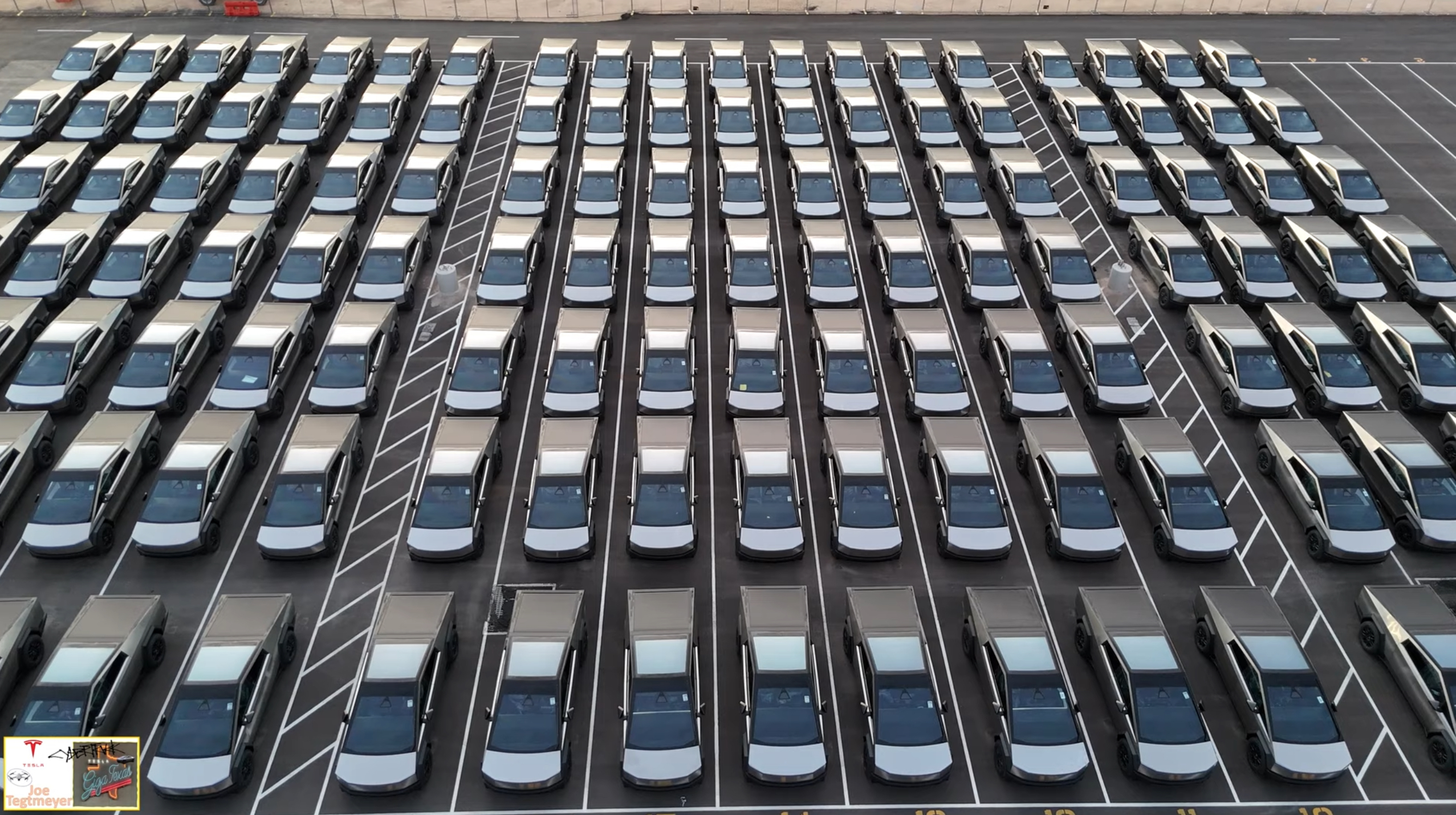

Investor's Corner
Tesla (TSLA) Q4 and FY 2021 earnings results: Revenue and EPS beat on most impressive quarter to date
Tesla’s (NASDAQ:TSLA) fourth-quarter and full-year 2021 earnings saw the company post its most impressive quarter yet. The results, which were discussed in the Q4 and FY 2021 Update Letter, were released after the closing bell on Wednesday, January 26, 2022.
Tesla was impressive in the fourth quarter, with the company producing a total of 305,840 vehicles and delivering 308,600. The lion’s share of these numbers came from the Model 3 and Model Y, as the ramp of the refreshed Model S and Model X hit challenges over the year. Tesla’s numbers were even more impressive for 2021 overall, with the company producing a total of 930,422 and delivering 936,172 vehicles, setting new records.
Tesla summarized its blockbuster year in the following section of its Q4 FY 2021 Update Letter. With its stellar results, the company notes that it is no longer a question if electric vehicles could be profitable. And now that it has another breakthrough year under its belt, Tesla has noted that it is now looking into the future.
“2021 was a breakthrough year for Tesla. There should no longer be doubt about the viability and profitability of electric vehicles. With our deliveries up 87% in 2021, we achieved the highest quarterly operating margin among all volume OEMs, based on the latest available data, demonstrating that EVs can be more profitable than combustion engine vehicles.”
“After a successful 2021, our focus shifts to the future. We aim to increase our production as quickly as we can, not only through ramping production at new factories in Austin and Berlin, but also by maximizing output from our established factories in Fremont and Shanghai. We believe competitiveness in the EV market will be determined by the ability to add capacity across the supply chain and ramp production.”
The following are the key points in Tesla’s Q4 FY 2020 Update Letter.
Earnings Per Share and Revenue
For the fourth quarter of 2021, Tesla’s earnings per share stood at $2.54 and total revenue of $17.72 billion. In comparison, Wall Street expected the EV maker to post earnings per share of $2.35 and revenues of $16.65 billion.
“Total revenue grew 65% YoY in Q4 to $17.7B. YoY, revenue was impacted by the following items: (1) growth in vehicle deliveries; (2) growth in other parts of the business,” Tesla noted.
Cash
Tesla has maintained a formidable war chest over the past quarters, and this trend has continued in the fourth quarter. Despite the ongoing buildout of Gigafactory Texas and Giga Berlin, as well as the ongoing optimizations in Gigafactory Shanghai and the Fremont Factory, Tesla has reported that it still has $17.6 billion in cash in the fourth quarter.
“Quarter-end cash and cash equivalents increased sequentially by $1.5B to $17.6B in Q4, driven mainly by free cash flow of $2.8B, partially offset by net debt and finance lease repayments of $1.5B. Our total debt excluding vehicle and energy product financing has fallen to just $1.4B at the end of 2021,” the company wrote.
Profitability
For Q4 2021, Tesla posted a GAAP operating income of $2.6 billion and a 14.7% operating margin. The company also posted a $2.3 billion GAAP net income and 30.6% GAAP automotive gross margin in the fourth quarter.
“Our operating income improved to $2.6B in Q4 compared to the same period last year, resulting in a 14.7% operating margin. This profit level was reached while incurring SBC expense attributable to the 2018 CEO award of $245M in Q4, driven by the final two operational milestones becoming probable,” Tesla wrote.
Production Run-Rate by EOY
By the end of 2021, Tesla’s annualized vehicle production run-rate was over 1.22 million. It should be noted that this was achieved with only two factories, Gigafactory Shanghai and the Fremont Factory. This number would likely see a notable improvement in 2022 when Giga Texas and Gigafactory Berlin start their operations as well.
Tesla’s Q4 and FY 2021 Update Letter could be accessed below.
Tsla q4 and Fy 2021 Update by Simon Alvarez on Scribd
Don’t hesitate to contact us with news tips. Just send a message to simon@teslarati.com to give us a heads up.

Investor's Corner
Tesla analyst realizes one big thing about the stock: deliveries are losing importance

Tesla analyst Dan Levy of Barclays realized one big thing about the stock moving into 2026: vehicle deliveries are losing importance.
As a new era of Tesla seems to be on the horizon, the concern about vehicle deliveries and annual growth seems to be fading, at least according to many investors.
Even CEO Elon Musk has implied at times that the automotive side, as a whole, will only make up a small percentage of Tesla’s total valuation, as Optimus and AI begin to shine with importance.
He said in April:
“The future of the company is fundamentally based on large-scale autonomous cars and large-scale and large volume, vast numbers of autonomous humanoid robots.”
Almost all of Tesla’s value long-term will be from AI & robots, both vehicle & humanoid
— Elon Musk (@elonmusk) September 11, 2023
Levy wrote in a note to investors that Tesla’s Q4 delivery figures “likely won’t matter for the stock.” Barclays said in the note that it expects deliveries to be “soft” for the quarter.
In years past, Tesla analysts, investors, and fans were focused on automotive growth.
Cars were truly the biggest thing the stock had to offer: Tesla was a growing automotive company with a lot of prowess in AI and software, but deliveries held the most impact, along with vehicle pricing. These types of things had huge impacts on the stock years ago.
In fact, several large swings occurred because of Tesla either beating or missing delivery estimates:
- January 3, 2022: +13.53%, record deliveries at the time
- January 3, 2023: -12.24%, missed deliveries
- July 2, 2024: +10.20%, beat delivery expectations
- October 3, 2022: -8.61%, sharp miss due to Shanghai factory shutdown
- July 2, 2020: +7.95%, topped low COVID-era expectations with sizeable beat on deliveries
It has become more apparent over the past few quarters that delivery estimates have significantly less focus from investors, who are instead looking for progress in AI, Optimus, Cybercab, and other projects.
These things are the future of the company, and although Tesla will always sell cars, the stock is more impacted by the software the vehicle is running, and not necessarily the vehicle itself.
Investor's Corner
SpaceX IPO is coming, CEO Elon Musk confirms
However, it appears Musk is ready for SpaceX to go public, as Ars Technica Senior Space Editor Eric Berger wrote an op-ed that indicated he thought SpaceX would go public soon. Musk replied, basically confirming it.

Elon Musk confirmed through a post on X that a SpaceX initial public offering (IPO) is on the way after hinting at it several times earlier this year.
It also comes one day after Bloomberg reported that SpaceX was aiming for a valuation of $1.5 trillion, adding that it wanted to raise $30 billion.
Musk has been transparent for most of the year that he wanted to try to figure out a way to get Tesla shareholders to invest in SpaceX, giving them access to the stock.
He has also recognized the issues of having a public stock, like litigation exposure, quarterly reporting pressures, and other inconveniences.
However, it appears Musk is ready for SpaceX to go public, as Ars Technica Senior Space Editor Eric Berger wrote an op-ed that indicated he thought SpaceX would go public soon.
Musk replied, basically confirming it:
As usual, Eric is accurate
— Elon Musk (@elonmusk) December 10, 2025
Berger believes the IPO would help support the need for $30 billion or more in capital needed to fund AI integration projects, such as space-based data centers and lunar satellite factories. Musk confirmed recently that SpaceX “will be doing” data centers in orbit.
AI appears to be a “key part” of SpaceX getting to Musk, Berger also wrote. When writing about whether or not Optimus is a viable project and product for the company, he says that none of that matters. Musk thinks it is, and that’s all that matters.
It seems like Musk has certainly mulled something this big for a very long time, and the idea of taking SpaceX public is not just likely; it is necessary for the company to get to Mars.
The details of when SpaceX will finally hit that public status are not known. Many of the reports that came out over the past few days indicate it would happen in 2026, so sooner rather than later.
But there are a lot of things on Musk’s plate early next year, especially with Cybercab production, the potential launch of Unsupervised Full Self-Driving, and the Roadster unveiling, all planned for Q1.
Investor's Corner
Tesla Full Self-Driving statistic impresses Wall Street firm: ‘Very close to unsupervised’
The data shows there was a significant jump in miles traveled between interventions as Tesla transitioned drivers to v14.1 back in October. The FSD Community Tracker saw a jump from 441 miles to over 9,200 miles, the most significant improvement in four years.

Tesla Full Self-Driving performance and statistics continue to impress everyone, from retail investors to Wall Street firms. However, one analyst believes Tesla’s driving suite is “very close” to achieving unsupervised self-driving.
On Tuesday, Piper Sandler analyst Alexander Potter said that Tesla’s recent launch of Full Self-Driving version 14 increased the number of miles traveled between interventions by a drastic margin, based on data compiled by a Full Self-Driving Community Tracker.
🚨 Piper Sandler reiterated its Overweight rating and $500 PT on Tesla $TSLA stock
Analyst Alexander Potter said FSD is near full autonomy and latest versions showed the largest improvement in disengagements, from 440 miles to 9,200 miles between critical interventions pic.twitter.com/u4WCLfZcA9
— TESLARATI (@Teslarati) December 9, 2025
The data shows there was a significant jump in miles traveled between interventions as Tesla transitioned drivers to v14.1 back in October. The FSD Community Tracker saw a jump from 441 miles to over 9,200 miles, the most significant improvement in four years.
Interestingly, there was a slight dip in the miles traveled between interventions with the release of v14.2. Piper Sandler said investor interest in FSD has increased.
Full Self-Driving has displayed several improvements with v14, including the introduction of Arrival Options that allow specific parking situations to be chosen by the driver prior to arriving at the destination. Owners can choose from Street Parking, Parking Garages, Parking Lots, Chargers, and Driveways.
Additionally, the overall improvements in performance from v13 have been evident through smoother operation, fewer mistakes during routine operation, and a more refined decision-making process.
Early versions of v14 exhibited stuttering and brake stabbing, but Tesla did a great job of confronting the issue and eliminating it altogether with the release of v14.2.
Tesla CEO Elon Musk also recently stated that the current v14.2 FSD suite is also less restrictive with drivers looking at their phones, which has caused some controversy within the community.
Although we tested it and found there were fewer nudges by the driver monitoring system to push eyes back to the road, we still would not recommend it due to laws and regulations.
Tesla Full Self-Driving v14.2.1 texting and driving: we tested it
With that being said, FSD is improving significantly with each larger rollout, and Musk believes the final piece of the puzzle will be unveiled with FSD v14.3, which could come later this year or early in 2026.
Piper Sandler reaffirmed its $500 price target on Tesla shares, as well as its ‘Overweight’ rating.








